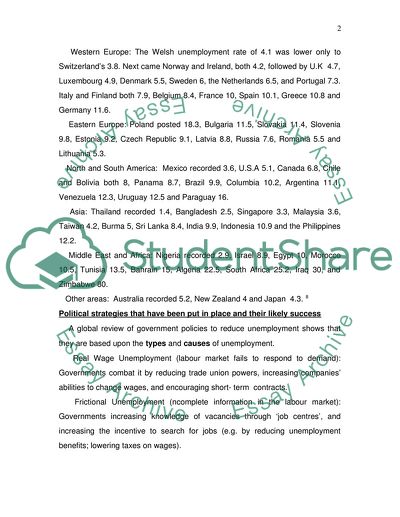Cite this document
(“CITIZENSHIP ANALYSIS OF UNEMPLOYMENT LEVELS IN UK, EUROPE, AND THE Essay”, n.d.)
CITIZENSHIP ANALYSIS OF UNEMPLOYMENT LEVELS IN UK, EUROPE, AND THE Essay. Retrieved from https://studentshare.org/miscellaneous/1536829-citizenship-analysis-of-unemployment-levels-in-uk-europe-and-the-world
CITIZENSHIP ANALYSIS OF UNEMPLOYMENT LEVELS IN UK, EUROPE, AND THE Essay. Retrieved from https://studentshare.org/miscellaneous/1536829-citizenship-analysis-of-unemployment-levels-in-uk-europe-and-the-world
(CITIZENSHIP ANALYSIS OF UNEMPLOYMENT LEVELS IN UK, EUROPE, AND THE Essay)
CITIZENSHIP ANALYSIS OF UNEMPLOYMENT LEVELS IN UK, EUROPE, AND THE Essay. https://studentshare.org/miscellaneous/1536829-citizenship-analysis-of-unemployment-levels-in-uk-europe-and-the-world.
CITIZENSHIP ANALYSIS OF UNEMPLOYMENT LEVELS IN UK, EUROPE, AND THE Essay. https://studentshare.org/miscellaneous/1536829-citizenship-analysis-of-unemployment-levels-in-uk-europe-and-the-world.
“CITIZENSHIP ANALYSIS OF UNEMPLOYMENT LEVELS IN UK, EUROPE, AND THE Essay”, n.d. https://studentshare.org/miscellaneous/1536829-citizenship-analysis-of-unemployment-levels-in-uk-europe-and-the-world.


